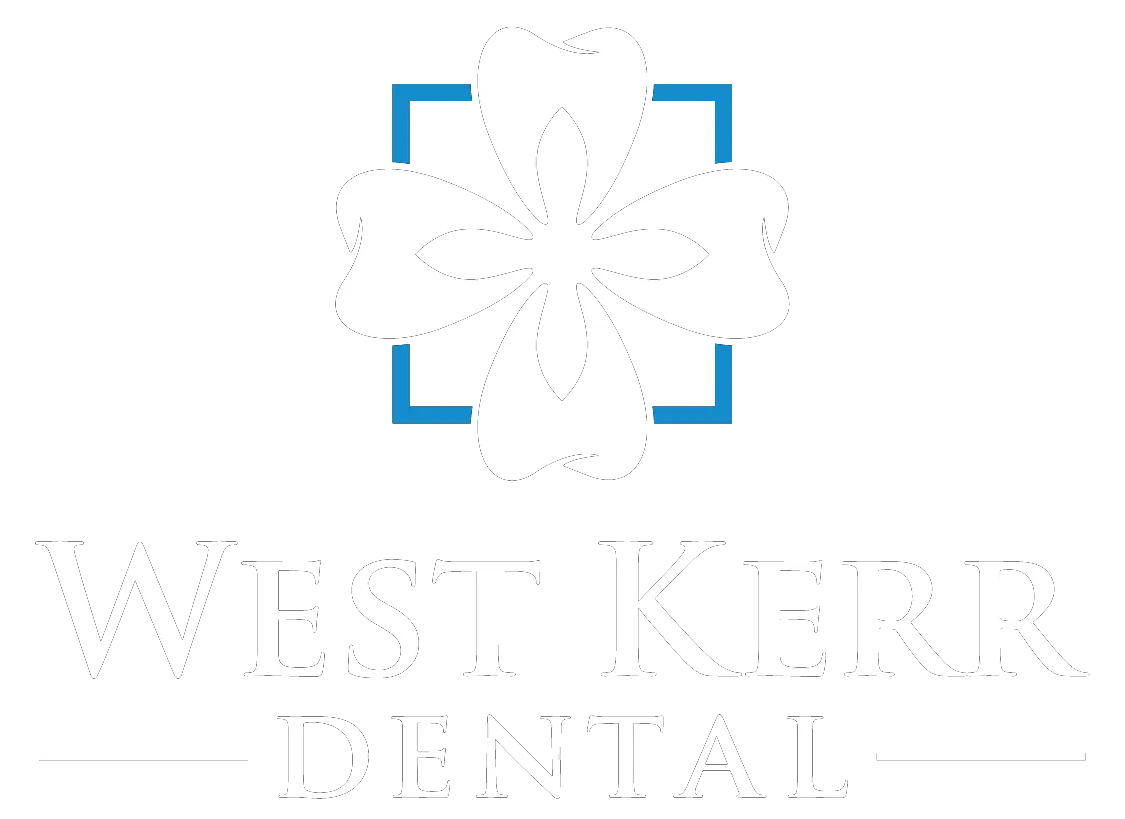COVID-19 and The Infectious Process: The Chain of Infection
The process by which infectious diseases are transmitted involves three essential components, commonly referred to as the "Chain of Infection":
- A causative agent (any microorganism capable of causing disease)
- A susceptible host (a person who lacks effective resistance to a particular causative agent)
- A mode of transmission (the mechanism by which a causative agent is transferred to a susceptible host)
These three components are necessary for an infection to spread. Effective infection control strategies are intended to break one or more links in the chain, thereby preventing disease transmission. Most infectious agents are spread through direct or indirect contact and inhalation of organisms in the air.
It is well known that serious respiratory illnesses such as influenza, whooping cough, acute respiratory syndrome(SARS) and now COVID-19 are spread by:
- Coughing or sneezing
- Unclean hands
- Touching your face after touching contaminated objects
- Touching objects after contaminating your hands
How do we break a link in the chain of infection in the dental office?
- Strict adherence to Standard Precautions
- Standard Precautions is an infection control concept developed by OSHA which mandates that all bodily fluids be handled as if capable of causing infection to staff or patient.
- This means our treatment rooms and all touched surfaces and equipment are cleaned and disinfected, all dental instruments are sterilized, and all disposables are disposed of in between each patient regardless of age, health status or treatment rendered.
- Each clinician wears the same personal protective equipment as mandated by OSHA when treating every patient from a 4-year-old to an adult.
- Every patient is protected every visit.
- Personal Protective Equipment - You all have heard a lot about PPE over the last few weeks with regards to its use for helping to mitigate person to person exposure of the COVID-19 virus. The fact is, we as a dental practice have employed PPE daily during delivery of treatment well before this pandemic virus surfaced earlier this year. You have observed our clinical team always wearing PPE during your treatment. Below is a brief explanation of the PPE we use in our practice. When used correctly PPE is extremely efficient in protecting both the clinician and the patient from exposure to infection.
- PPE is simply a series of barriers designed to protect the skin and the mucous membranes of the eyes, nose and mouth from exposure to potentially infectious materials.
- In the dental setting, the use of gloves, surgical masks, protective eyewear, and protective gowns is mandated by OSHA (Occupational Safety and Health Organization).
- Gloves and masks are disposable and changed between each patient whether worn for treatment or examination. They are never washed or reused. Following treatment, used gloves are taken off before leaving the treatment room.
- Protective eyewear is cleaned and disinfected between patients as needed.
- Clean protective gowns worn by clinicians are changed daily or more frequently if visibly soiled, and are removed when leaving the treatment area.
- Disposable gloves are made of nitrile which is non latex.
- Masks are fitted snugly against the face, and removed once treatment is over, and are removed by handling the elastic ear loop only.
- Disposable vinyl gloves and protective eyewear will be provided to patients to during their visit.
- Hand Hygiene
- Washing hands substantially reduces pathogens on the hands and is one of the most effective and important actions that can be taken to reduce the risk of transferring microorganisms to others, or becoming infected from touching contaminated objects.
- During the day staff wash their hands for a full 15 seconds between patients and before and after gloving.
- Social Distancing
- Social distancing reduces exposure by either direct contact or inhalation of infectious organisms, and we will institute the following procedures going forward:
- Upon arrival in the parking lot for a scheduled visit, call us to notify your arrival, and remain in your car.
- We will call you in when the clinical staff is ready. This will limit the number of people in the waiting and reception areas.
- Waiting room chairs will be placed 6 feet apart.
- Social distancing reduces exposure by either direct contact or inhalation of infectious organisms, and we will institute the following procedures going forward:
Though we have always provided the safest environment possible for delivering dental care to our patients while protecting our staff, we will continue to monitor the situation as it evolves over the coming weeks and months, and implement additional measures if indicated
